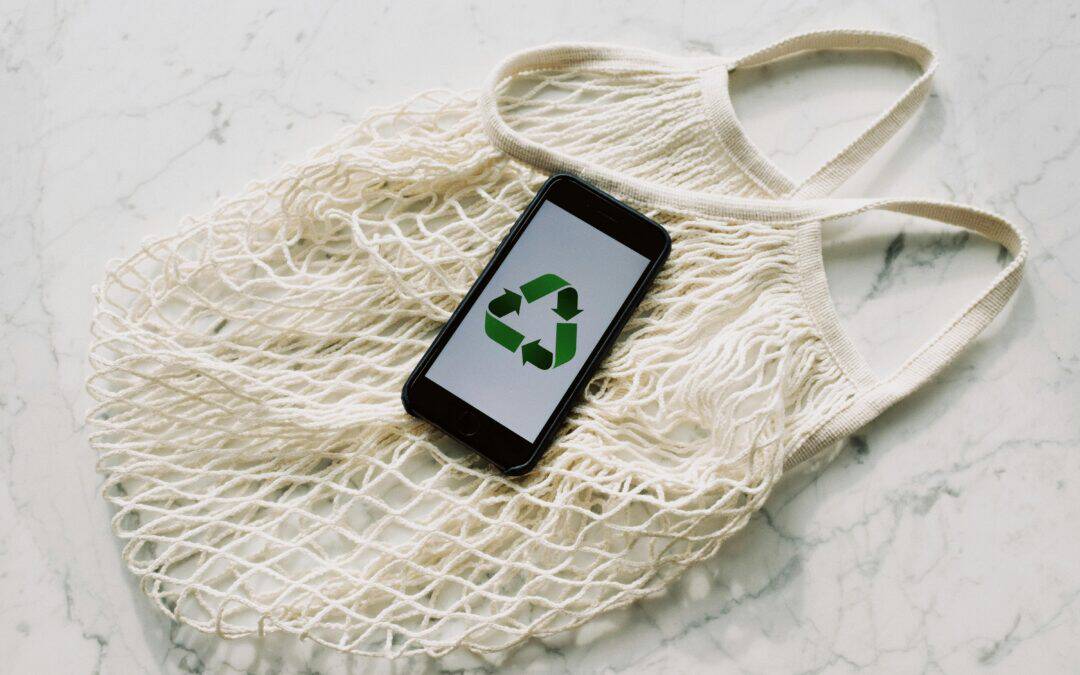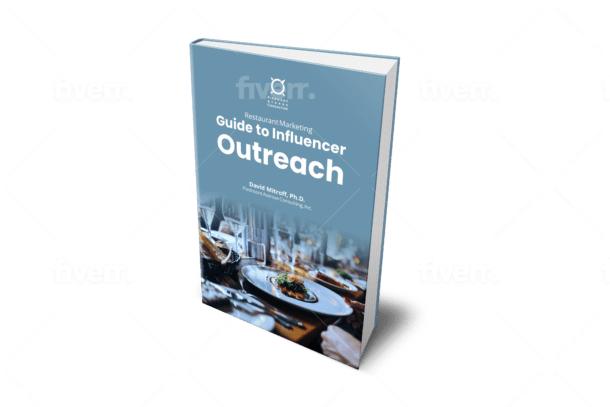Introduction
Today’s mounting environmental pressures demand disruptive solutions reimagining former packaging conventions clogging landfills and contaminating ecosystems. Pivoting towards ingenious eco-friendly packaging alternatives signals corporate responsibility, satisfying consumers, governance, and the planet itself in one powerfully ethical transition that also future-proofs operations.
The Problem with Traditional Packaging
The packaging industry revolutionized logistics efficiency, enabling globalized shelves to brimming with consumer choice year-round. But endemic overreliance on petrochemical plastics created acute environmental fallouts:
- Landfill Waste: Over 40% of plastic produced serves packaging discarded almost immediately after use. With only 14% of packaging recycled presently and ambitions to double recycling rates by 2030, most of the remaining billions of annual tons still enter landfills pointlessly.
- Ocean Pollution: An estimated eight million+ metric tons of plastic packaging waste enters oceans annually via inland waterways or direct littering destroying marine ecosystems and poisoning seafood chains consumed by humans eventually—immediate source reductions help.
- Resource Depletion: As fossil fuel feedstocks dwindle while extraction costs escalate, persisting with petroleum-based packaging proves environmentally and economically unsustainable when renewable, lower-footprint alternatives emerge, like bioplastics and recycled mediums.
- Chemical Leaching: Hormone-disrupting plastic chemicals and PVCs leach from packaging into foods, beverages, and sensitive pharmaceuticals, generating public health concerns that conscientious brands must mitigate through safer materials usage.
Clearly, business as usual cannot continue unless society genuinely prioritizes people and the planet alongside profits. What packaging paradigms promise less harm?
The Rise of Eco-Friendly Packaging
Eco-friendly packaging adheres to core principles that dramatically shrink footprints using inherent traits:
- Biodegradable Materials: Derived from organic biomass like plants or fungi instead of fossil fuels, these renewable mediums break down through natural processes rather than persisting environmentally. Sugarcane husks or milk proteins typify common feedstocks.
- Recycled Content: Repurposed materials salvaging what already exists maximizes resources while diverting waste from landfills into circular supply chain usage. Depending on product demands, up to 100% recycled packaging arises.
- Minimalist Design: Employing no heavier or thicker materials than essential for product integrity optimizes raw input usage, lowering associated upstream production impacts such as carbon emissions and water consumption generated by making packaging itself.
- Compostability: When functionality allows, specifying industrially compostable materials meeting regulated disintegration and biodegrading standards ensures consumers responsibly return used packaging to organically enrich soils, not burden ecosystems.
Ingenious companies now harness these principles, crafting forward-thinking packaging that emits 90%+ less emissions than plastic while admirably protecting products and brand reputations. Explore their advantages fully.
Benefits of Eco-Friendly Packaging
Sustainable packaging delivers multifaceted upside from operational to marketing realms:
- Reduced Environmental Impact: Compostable plant-based containers, recycled paper inserts, and bio-based polymer coatings replace emission-intensive plastic production supporting aggressive ESG impact goals Communicating quantifiable company strides builds consumer trust.
- Improved Brand Image: Aligning packaging with ethical production earns buyer loyalty, as 81% of customers now assess corporate social responsibility during purchases. Features like FSC certification labels signal values openly.
- Compliance with Regulations: Governments increasingly ban certain plastics and mandate toxicity reduction or recycled content minimums. Proactive adoption of eco-friendly packaging guarantees regulatory compliance well ahead of time rather than risky last-minute uncertainty.
- Cost Savings: While sustainable materials initially cost more than mass-produced plastics, maturing market scalability is lowering prices quickly on cost-competitive bio-alternatives like PHA biopolymers. Factor in total supply chain savings.
- Future-proofing Operations: With public and government pressure demanding a fast packaging overhaul, integrating viable eco-options now smooths strategic transitions, keeping competitors ahead of competitors who merely react once forced by laws down the road. Lead or lose relevance.
Clearly, holistic benefits compel brands to embrace change. Next, explore available materials specifically fulfilling eco priorities across uses.
Types of Eco-Friendly Packaging Materials
Myriad alternatives now satisfy an array of product and sustainability needs:
- Compostable Materials: Bagasse, bamboo pulp, mushroom roots, wheat straw, and other renewable agricultural byproducts replace plastic clamshells, cutlery, containers, padded mailers, and films meeting industrial or backyard composting standards after use while protecting contents responsibly.
- Recycled Materials: Ocean plastics, milk jugs, and other post-consumer waste streams are reconstituted into durable recycled PET or HDPE bottles, tubes, jars, boxes, and shipping cushioning, safely substituting virgin plastic. When possible, aim for 20-100% recycled content.
- Mushroom Packaging: Innovative dried fungal mycelium composites expanded into foams offer protective cushioning, insulation, and shaping mimicking Styrofoam minus harmful chemicals. You can also home-compost these.
- Biodegradable Bioplastics: Emerging biopolymers made by microbes from renewable sugars and plant oils forge tough biofilm bags, medical goods sterile packaging, and flexible candy wraps that are far safer if littered versus durable petroleum plastics, which persist environmentally for 500+ years when discarded.
The optimal balance between pragmatic performance, responsible sourcing, and conscientious end-of-life handling varies across products. Collaborate with specialty sustainable packaging providers to navigate particulars smoothly through this crucial business transition.
The Impact of Eco-Friendly Packaging on Businesses
Despite operational obstacles adjusting away from conventual packaging familiarity, this necessary evolution uplifts brands strategically:
- Cost: Currently, most compostable containers and bioplastic packaging still cost more versus mass-produced plastic, although focused scalability and maturation aims to achieve parity Soon. However, factor in total supply chain savings like disposal fee reductions.
- Performance: Leading formulations now replicate plastic durability across temperature, shelf life, and transport handling parameters through novel compositing and barrier coating techniques for protection. Invest in premium solutions suitable to product sensitivities.
- Consumer Education: Clear, explanatory labeling educates buyers on responsible disposal, such as emphasizing “Commercially Compostable” and “Recyclable” vs. generic greenwashing claims lacking substantiation. Teach proper sustainability practices when introducing new formats.
- Employee Attraction: Surveys reveal that job seekers overwhelmingly favor eco-conscious employers aligned with personal values. Adopting ethical production and packaging makes corporate talent recruitment messaging highly compelling and stands out.
Even while navigating sourcing changes, the visible stance speaks louder and catalyzes immense opportunities that outshine hurdles for brands embracing ecology-minded packaging. No better time exists for getting ahead of the curve well before market forces or regulations mandate environmentally responsible change. Consult specialists who ease obstacles at each milestone.
Conclusion
Society’s intensifying realization packaging excess sabotages the ecosystems all commerce depends upon, prompting consumer outrage and government interventions urging industry-wide sweeping environmental reforms. Yet from crisis springs opportunity for visionary brands before competitors grasp circular production demands companies like Apple and HP already publicly adopted in recent packaging decrees.
Get ahead of the curve by supplying customers with premium quality amid updated formats that earn approval, not contempt. Let specialists efficiently navigate sourcing, coatings, labeling, economics, and compliance particulars unique to product lines so your team leads market transitions confidently instead of scrambling to catch up last minute. Welcome packaging, not polluting futures.








